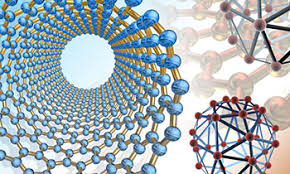Mechanical and Materials Engineering, Department of

Department of Mechanical and Materials Engineering: Faculty Publications
ORCID IDs
http://orcid.org/0000-0003-3273-2276 http://orcid.org/0000-0002-5544-7534
http://orcid.org/0000-0003-1183-3641 http://orcid.org/0000-0001-5442-259X
http://orcid.org/0000-0002-8445-8718 http://orcid.org/0000-0001-5130-300X
http://orcid.org/0000-0002-7397-1209 http://orcid.org/0000-0002-8380-8667
Document Type
Article
Date of this Version
2020
Citation
MATER. RES. LETT. 2020, VOL. 9, NO. 2, 91–98 https://doi.org/10.1080/21663831.2020.1840451
Abstract
Aluminum (Al) alloys have a multitude of applications, notably in the automotive, aerospace and coating industries, yet they exhibit significantly lower mechanical strength than conventional steels. Nanotwins drastically improve mechanical strength while retaining ductility. However, the high SFE of Al largely prevents twinning. Here, we synthesize Al-Zr alloy films containing an abundance of incoherent twin boundaries and 9R phases. These alloys exhibit an extended solid solubility of Zr, retaining a columnar nanotwinned structure across all compositions. These films reach a hardness up to 4.2 GPa with 10 at% Zr and demonstrate the capacity for producing strong Al alloys with nanotwins.
Included in
Mechanics of Materials Commons, Nanoscience and Nanotechnology Commons, Other Engineering Science and Materials Commons, Other Mechanical Engineering Commons


Comments
2020 The Author(s).